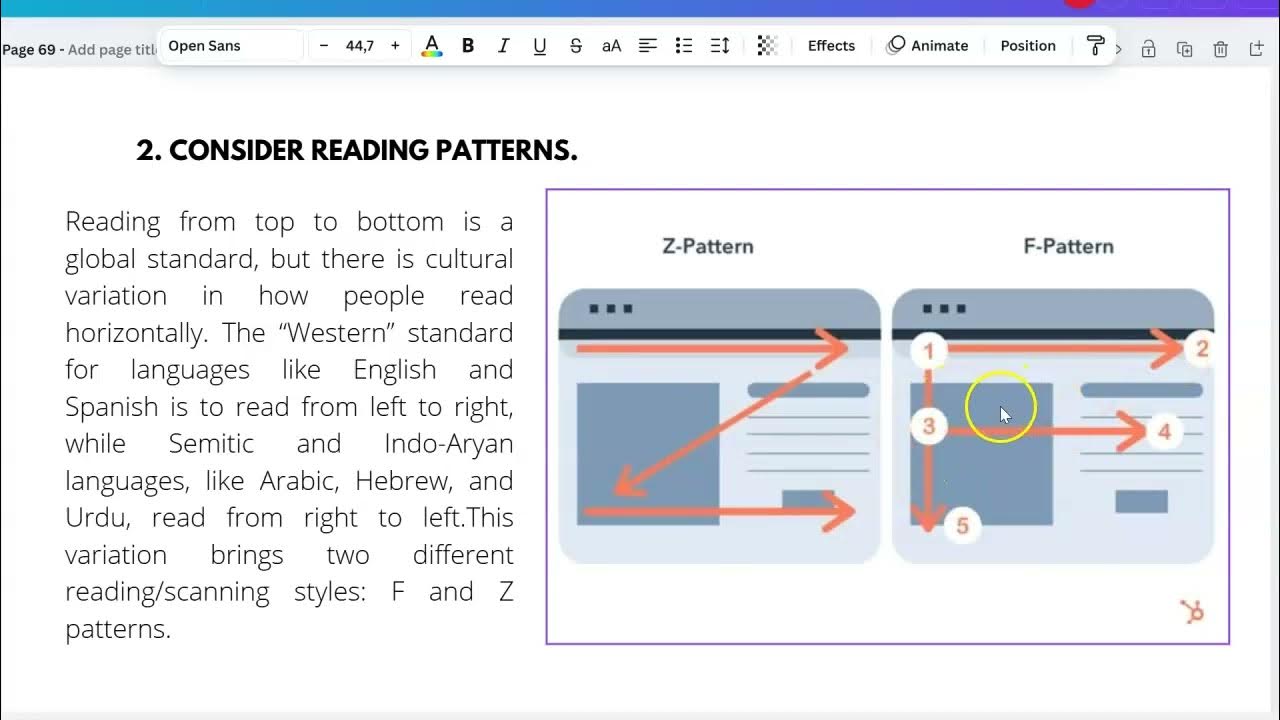Iterator Pattern
Summary
TLDRThe video tutorial focuses on the design pattern known as the Iterator Pattern, illustrating how it enables access to elements of a collection without exposing its internal structure. By using an interface, the Iterator provides a uniform way to traverse various collections, making client code simpler and more adaptable to different data structures. Through practical examples involving a 'Vice President' and 'Division' classes, the tutorial demonstrates the implementation of iterators in Java, highlighting methods such as 'next', 'hasNext', and 'remove'. The session emphasizes the importance of iterators in managing complex data while promoting efficient access patterns.
Takeaways
- 😀 An iterator is a design pattern that allows access to elements of an object collection without revealing its internal structure.
- 😀 Iterators provide a standardized interface for traversing collections, making it easier to work with various data structures.
- 😀 Using an iterator, clients can access elements sequentially without needing to know the underlying representation of the data.
- 😀 Iterators are beneficial when there are different implementations of collections, allowing uniform access methods.
- 😀 A class diagram for iterators typically includes an interface for the iterator and concrete classes for aggregate data structures.
- 😀 The iterator pattern simplifies the client's code by removing the need for detailed knowledge of the data structure's implementation.
- 😀 The 'next' method retrieves the next element, while 'hasNext' checks for additional elements in the collection.
- 😀 The iterator pattern is particularly useful for complex data structures, where direct access could be cumbersome.
- 😀 Implementing iterators allows for more flexible and maintainable code, especially when working with diverse data collections.
- 😀 Iterators can be created for custom data structures, making it possible to access non-standard collections easily.
Q & A
What is the main topic of the video?
-The main topic of the video is the design pattern known as the iterator pattern, which allows access to elements of a collection without exposing its internal details.
What is an iterator, and how does it function?
-An iterator is a design pattern that provides a way to sequentially access elements of a collection. It allows the client to traverse through a set of objects without needing to understand the internal representation of that collection.
What are the benefits of using the iterator pattern?
-The benefits include simplifying the process of accessing collection elements, providing a uniform interface for different collections, and allowing traversal of elements without exposing the underlying structure.
What components are typically involved in the iterator pattern?
-The iterator pattern typically involves an interface for the iterator, a concrete iterator class, an aggregate interface, and a concrete aggregate class that implements the collection.
What methods are commonly provided by an iterator?
-Common methods include 'next' for accessing the next element, 'hasNext' for checking if there are more elements, and 'remove' for deleting the current element from the collection.
How does the video illustrate the iterator pattern with an example?
-The video illustrates the iterator pattern using a Vice President class and a Division class within an organization, showing how to access a collection of Vice President objects through a division iterator.
What challenges does the iterator pattern help to address?
-The iterator pattern helps address the challenge of having to know the exact structure of a collection to access its elements, making it easier to handle different types of collections.
What is the role of the client in the iterator pattern?
-The client uses the iterator to access elements of the collection without needing to know the internal implementation details, thus simplifying the code and improving maintainability.
Can the iterator pattern be applied to different data structures?
-Yes, the iterator pattern can be applied to various data structures, allowing for a consistent way to traverse different types of collections, such as arrays, lists, or custom structures.
What example programming languages does the video mention in relation to the iterator pattern?
-The video mentions Java as an example programming language that includes built-in support for iterators, specifically referencing the Java Util Iterator class.
Outlines

This section is available to paid users only. Please upgrade to access this part.
Upgrade NowMindmap

This section is available to paid users only. Please upgrade to access this part.
Upgrade NowKeywords

This section is available to paid users only. Please upgrade to access this part.
Upgrade NowHighlights

This section is available to paid users only. Please upgrade to access this part.
Upgrade NowTranscripts

This section is available to paid users only. Please upgrade to access this part.
Upgrade NowBrowse More Related Video

Template Method Pattern

TUTORIAL MEMBUAT DESAIN BATIK MENGGUNAKAN APLIKASI GEOGEBRA - Batik Urban // Kelompok 6, XI-1

Cara Membuat Batik di Adobe Illustrator | Desainer Indonesia

Cómo Hacer un Game Manager en Unity (Importante!) ► Unity para principiantes #010

The History of: The US Military Woodland Camouflage Pattern AKA "M81 Woodland" | Uniform History

Visual Hierarchy Part 2
5.0 / 5 (0 votes)